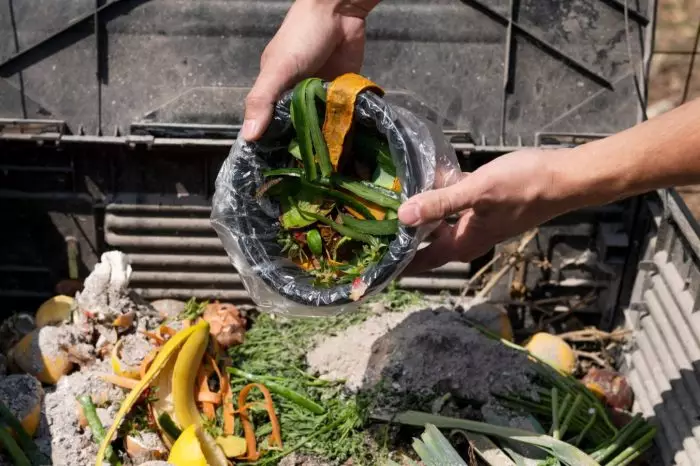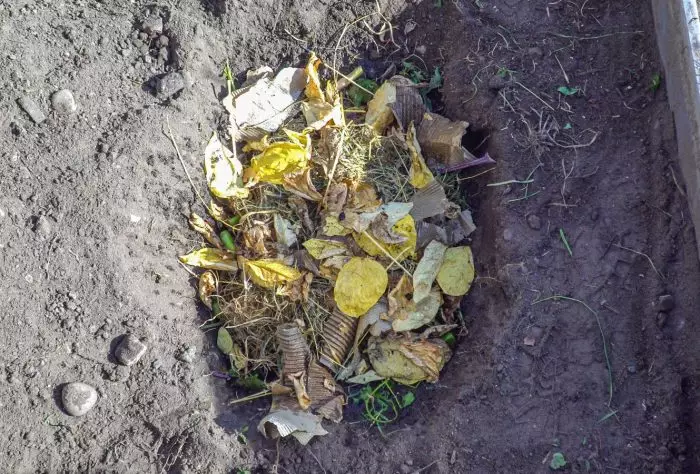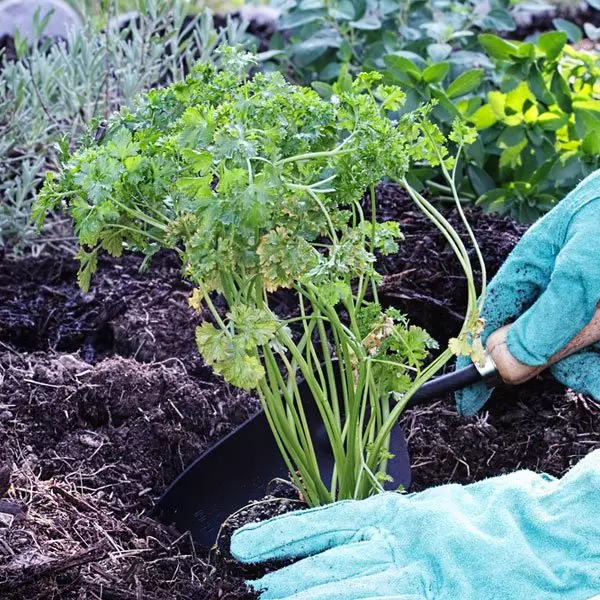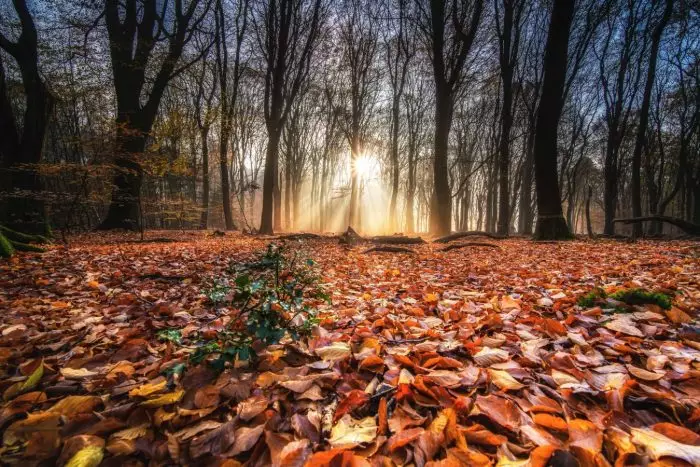Composting is a natural process, which not only improves soil conditions and enhances its nutritional value. But also protects against pests and plant diseases, all while contributing to sustainability. With the extent of benefits composting gives, it’s definitely something every organic gardener should aim to do.
However, not all gardeners are aware of the options they have when it comes to composting. You don’t necessarily need an open space, ready to dump organic waste and build a compost heap. Just as there’s a type of plant to grow for every type of gardeners, (whether that’s flowers, vegetables or houseplants) there also different composting methods to suit different gardeners and their needs. Continue reading for 5 composting methods every grower can try to suit their method of gardening.
Green Cone Composting
Green cone composting is specifically designed to decompose kitchen waste. It’s the perfect new home for the not so perfect fruit and vegetable scraps you might have around your allotment. Or, alternatively from your normal kitchen waste.
This method uses a green cone compost bin, which has an underground basket. Here, the waste decomposes and gradually integrates with the surrounding soil. While the top of the cone, which is above ground, creates heat to encourage materials to break down.
Green cone composting is perfect for growers who are short on space but who want to compost kitchen waste materials. These compost bins are best located near veg or flower patches to enhance their surrounding soil. Although, please note this method does not support composting garden waste such as grass cutting and leaves.
A benefit to this method of composting is that it requires no effort in terms of turning and aerating, like a compost heap. This is because earthworms and insects turn the compost as they turn through the holes in the underground basket. Creating air pockets and movement along the way.
To accelerate the decomposition of waste in this bin, we highly recommend using compost accelerator. This will enhance the bacterial activity in the bin, encouraging microorganisms to break down waste, increasing the temperature to kill off pathogens and generally improving the composting process.
Compost Heaps
Compost heaps are the most popular and widely known method of composting. They form compost by breaking down waste materials as a pile of decaying matter. Compost heaps can be out in the open, or in a solid structure that will contain heat and encourage decomposition.
This method composting welcome waste from both the kitchen and garden. The range of materials can be composted this way means a larger quantity of compost can be produced. For an in-depth understanding of this approach, check out our guide to composting materials.
To make a compost heap, the general rule of thumb is to have a 50/50 mix of nitrogen materials (greens, typically from plants) and carbon materials (browns, things like straw, shredded leaves, chipped wood). The perfect balance is essential as too many greens can often cause the compost to become soggy and smelly. While excessive browns make it dry and harder to breakdown.

While this method provides a large quantity of compost, it’s also time-consuming and requires extra effort from gardeners to produce the best quality. Compost heaps should be turned every few weeks and ideally treated with a compost acceleration bacteria to speed up the process.
Trench
Trench composting is another low maintenance composting method that can improve the soil in a short period of one month. This simple method only requires digging a 12-inch hole within a growing area and filling it with 4 to 6 inches of compostable kitchen and garden waste. Anything from vegetable peelings to prunings and weeds can go in a compost trench. The waste should finally be buried and covered with the soil used to dig the trench pit. This can be left to decompose by itself.
While this method is known to improve soil within a month, the breakdown of materials occurs over winter. Therefore, soil with trench compost should not be planted on for at least 3 months.
Some of the main advantages of this method are that it uses anaerobic decomposition. Unlike other composting methods, trench composting actually retains nitrogen. Which improves the breakdown process. This method, like green cone composting, does not require compost to be turned or aerated because it’s anaerobic and underground.

Finally, trench composting is out of sight and smell! With waste materials buried under the ground, gardeners don’t have to worry about unsightly rotting materials or odours but still enjoy the benefits of them to their soil.
Sheet Mulch
Sheet mulch composting is essentially composting as you grow. You can almost think of it as another part of your organic garden. This combines the method of mulching and composting to create a healthier soil environment for surrounding plants.
To make sheet mulch compost, you begin with a carbon compostable material such as cardboard, which will break down into the soil but also creates a barrier to kill the garden weeds. The second step would be to build a layered compost pile on top of the cardboard which will break down and enrich the soil readily. The final step is to cover the compost material layer makes this method more aesthetic and further blocks surface level weeds from growing.

Leaf Mould
Leaf mould compost is probably the easiest composting method to improve soil structure. It’s a type of composting made from decayed leaf matter, typically from trees such as oak or beech. This excellent soil condition is a result of allowing leaves to break down over tie. We’re talking 2 years. Although, it can be used as a mulch when left to break down for less time.
Good quality leaf mould that has broken down over 2 years makes for the perfect seed starting a compost. Alternatively, if used directly in the soil, it creates an ideal living environment for soil organisms such as earthworms and beneficial bacteria.
Making leaf mould is as simple as collecting leaves from the ground. Autumn is the perfect time to collect leaves, especially when the weather is dry and still. Pile the leaves into a plastic bag with small air holes. Sprinkle them with a little water for moisture. Finally, set them aside in a shaded, dry place to break down. Depending on how long you wait, use the leaf mould as either mulch or compost respectively


 Call us on 01246 240880
Call us on 01246 240880 Sign-up and receive 10% off
Sign-up and receive 10% off